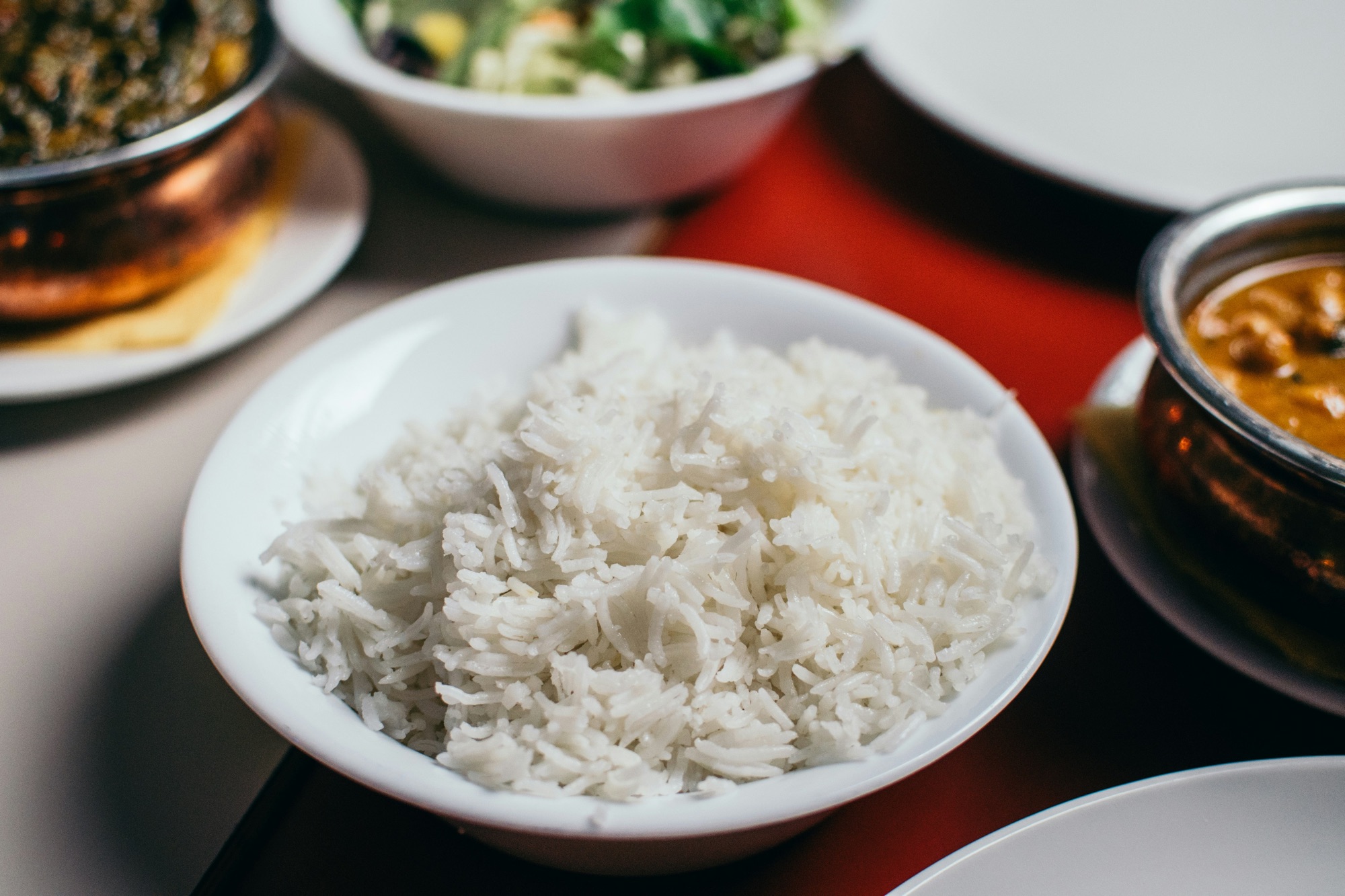Rice is a staple food enjoyed by millions worldwide, offering versatility and serving as the foundation of many meals. Whether you’ve prepared too much for dinner or cooked extra for meal prepping, it’s common to have leftover rice in the fridge. But is it safe to eat rice that’s been stored and reheated? The answer is yes—if it’s handled properly. Leftover rice can be a breeding ground for harmful bacteria if not stored and reheated correctly, leading to potential food poisoning.
This article explores the safety concerns associated with eating leftover rice, the scientific reasons behind them, and how you can minimize the risks through best practices for cooling, storing, and reheating rice.
The Bacterial Risk: Understanding Bacillus cereus
The primary danger when dealing with leftover rice lies in the bacterium Bacillus cereus. This microorganism is found in soil and can easily contaminate uncooked grains like rice. What makes Bacillus cereus particularly concerning is its resilience. The bacterium produces spores that can survive the cooking process, and under the right conditions—specifically when rice is left at room temperature for too long—these spores can germinate, multiply, and produce toxins that cause food poisoning.
What Is Bacillus cereus?
Bacillus cereus is a type of bacteria known for its ability to produce toxins that can lead to two types of food poisoning: one that causes diarrhea and one that induces vomiting. The diarrheal form is typically associated with contaminated meats and vegetables, while the emetic (vomiting) form is linked to starchy foods like rice and pasta. The emetic toxins are heat-stable, meaning they are not destroyed by reheating, which is why it’s crucial to handle leftover rice correctly from the start.
Symptoms of Bacillus cereus Food Poisoning
Symptoms of Bacillus cereus food poisoning can appear within 1-6 hours of consuming contaminated food and may include:
- Nausea
- Vomiting
- Abdominal cramps
- Diarrhea
These symptoms are usually mild and subside within 24 hours, but in severe cases or among vulnerable populations (like the elderly or immunocompromised), the effects can be more serious.
How Bacillus cereus Contaminates Leftover Rice
Bacillus cereus contamination primarily occurs when cooked rice is left at room temperature for extended periods. After cooking, if rice is not cooled and stored quickly, the spores can germinate into active bacteria. These bacteria thrive in warm environments (between 40°F and 140°F, also known as the “danger zone”) and produce toxins that can remain even after the rice is reheated. This is why improper storage is the most significant factor contributing to foodborne illnesses related to rice.
How to Handle Leftover Rice Safely
Given the risks, it’s important to know how to properly cool, store, and reheat leftover rice to prevent bacterial growth and toxin formation. Let’s break down each step in detail.
1. Cooling Rice Quickly After Cooking
After cooking rice, the clock starts ticking. The key to minimizing bacterial growth is to cool the rice as quickly as possible. The longer rice remains in the “danger zone” (between 40°F and 140°F), the more likely harmful bacteria will develop.
Best Practices for Cooling Rice:
- Spread the Rice Out: Transfer the rice to a large, shallow container or spread it out on a baking sheet. The increased surface area allows for faster cooling compared to leaving it in a deep pot or container.
- Avoid Leaving Rice at Room Temperature: Aim to cool the rice within an hour, but absolutely no longer than two hours. The sooner the rice is cooled and refrigerated, the safer it is.
- Use a Fan or Cold Water Bath: If you need to cool rice quickly, place the shallow container in a cold water bath or use a fan to help dissipate the heat more effectively.
2. Storing Rice Properly
Once the rice is cooled, proper storage is critical to keeping it safe.
Best Practices for Storing Rice:
- Refrigerate Quickly: After the rice is cooled, place it in an airtight container and store it in the refrigerator. Proper sealing prevents the rice from absorbing odors from other foods and limits exposure to bacteria.
- Keep the Temperature Below 40°F (4°C): The refrigerator should be set at or below 40°F (4°C) to slow down bacterial growth.
- Freezing for Longer Storage: If you don’t plan to eat the rice within 3-4 days, freezing is a good option. Rice can be stored in the freezer for up to one month. When ready to eat, thaw the rice in the refrigerator overnight and reheat thoroughly before consuming.
3. Reheating Rice Thoroughly
Reheating rice is where many people make mistakes. Since the toxins produced by Bacillus cereus are heat-resistant, it’s essential to ensure the rice is evenly and thoroughly heated to kill any remaining bacteria and reduce the risk of illness.
Best Practices for Reheating Rice:
- Stir for Even Heating: Whether using a microwave, stovetop, or oven, stir the rice periodically during reheating to distribute heat evenly.
- Add Moisture: Adding a splash of water or broth when reheating rice can prevent it from drying out and ensure that it steams evenly.
- Cover the Rice: Covering the container with a lid or microwave-safe wrap helps trap steam and heat, leading to more thorough reheating.
- Check the Temperature: The rice should be heated to an internal temperature of at least 165°F (74°C). You can use a food thermometer to check the temperature, especially when reheating large batches.
- Only Reheat Once: It’s recommended to only reheat the portion you plan to eat. Repeatedly cooling and reheating rice increases the risk of bacterial contamination. If you have leftovers after reheating, it’s safer to discard them.
4. Consuming Rice Within a Safe Time Frame
Even with proper storage, leftover rice should be consumed within 3-4 days. The longer rice sits in the fridge, the higher the likelihood of bacterial growth, even at low temperatures.
Key Points:
- 3-4 Days in the Refrigerator: After this period, the risk of foodborne illness increases, even if the rice has been stored correctly.
- 1 Month in the Freezer: Frozen rice can maintain its quality and safety for up to a month. Beyond that, it may develop freezer burn or lose its texture and flavor.
5. Identifying Spoiled Rice
Even if you’ve followed all the guidelines, it’s important to check leftover rice for signs of spoilage before eating it.
Warning Signs That Rice Has Gone Bad:
- Unpleasant or Sour Odor: A bad smell is a clear indicator that bacteria have started to multiply.
- Changes in Texture: If the rice has become overly hard, dry, or slimy, it’s best to discard it.
- Visible Mold: Any visible mold, which could appear as black, green, or white spots, is a definite sign that the rice is unsafe to eat.
- Off Taste: If the rice tastes off or unusual, do not consume it.
How Common Is Food Poisoning from Rice?
While foodborne illnesses linked to rice are less common than those associated with meats or dairy, they do occur and are often underreported. The risk is higher in situations where rice is prepared in bulk, such as in restaurants, buffets, or large gatherings. Studies suggest that many cases of food poisoning from rice could be prevented through better food-handling practices.
Tips for Reducing Risk in Bulk Cooking
For those who frequently cook large batches of rice, the risks can be more pronounced. Here are additional tips for managing bulk-cooked rice safely:
- Cook in Batches: If possible, cook only the amount of rice you plan to consume within a meal. Cooking in smaller batches reduces the need for storing large quantities of leftover rice.
- Portion for Quick Cooling: After cooking, divide large batches into smaller containers for faster cooling. This method also makes it easier to reheat just the portion you need later.
- Invest in a Rice Cooker with a Keep-Warm Function: Some modern rice cookers have a keep-warm feature that maintains the rice at a safe temperature until it’s ready to be served. This is particularly useful if you’re serving rice over an extended period.
Conclusion: The Bottom Line on Leftover Rice Safety
Leftover rice is safe to eat as long as it’s cooled quickly, stored properly, and reheated thoroughly. The primary risk stems from improper handling, which allows bacteria like Bacillus cereus to grow and produce toxins that can lead to food poisoning. By following best practices for cooling, storing, and reheating rice, you can significantly reduce the risk and enjoy your leftover rice without worry.
Understanding the science behind why rice can be hazardous, combined with careful handling and storage, is the key to safely incorporating leftover rice into your meals. So next time you cook a big batch of rice, just be mindful of how you cool, store, and reheat it—your health depends on it.




